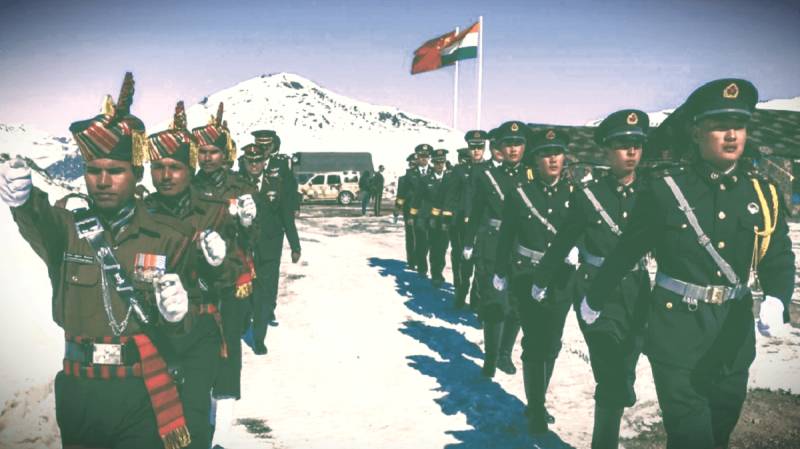Following the confrontation between Indian and Chinese troops along the Line of Actual Control in Ladakh, a managed peace of tense calm and strict vigilance has taken over the restive valleys. As both sides deal with this "new normal", there is a need to expand dialogue and strategic patience from both sides.
This was explained by Ashok Kantha, a diplomat who has served as India's ambassador to China and as the Indian high commissioner to Sri Lanka and Malaysia in the latest episode of 'From Chandni Chowk to China' by Awaaz South Asia.
Kantha said that buffer zones have been created along the border whereby Indian troops are no longer allowed in areas which they could before 2020.
He added that while both sides continue to deploy a large number of troops on both sides, the Chinese have been quickly building infrastructure which would allow them to keep troops deployed for a very long time. The situation has changed with China now building additional military and logistical capability in the region.
"What we have now is a fundamentally changed situation. The nature of the border with India and China, which had remained essentially peaceful for nearly three decades, even though there were occasional standoff situations, had changed now the borders they become live."
He said that India wants a return to the April 2020 status quo with the restoration of patrolling abilities for its troops and that New Delhi cannot accept the altered status of the border due to the unilateral action of the Chinese, especially given the deep mistrust between both sides.
On the structural issues in the relationship between India and China, Kantha said India's strategic outlook and intentions are quite divergent. He said that China is increasingly looking at India from the lens of its rivalry with the USA.
He explained that the dominant view in Beijing is that New Delhi has joined Washington in its Indo-Pacific Strategy, which China believes has been devised to contain it.
On the Indian side, Kantha said the view is that China is seen to be incorrect because India has maintained its agency and strategic autonomy while China does not appear to be supportive of India's rise apart from issues of unresolved boundary questions and balance of trade.
"It boils down to this challenge of how do we manage the simultaneous rise of India and China, especially under conditions of asymmetry in capabilities of the two countries and reluctance of China to accept India as an equal partner."
India, he said, has adopted the position that there can be no normalcy with China until the issue of borders is resolved. Kantha said the challenge is in how to arrive at that position.
Kantha said that the dialogue between India and China will have to be expanded beyond the meetings of corps commanders.
"The heavy lifting [of advancing talks] will perhaps have to be done by the political level and Senior diplomatic level rather than primarily at the level of core commanders and through the mechanism of WMCC," he said.
He added that since they have to deal with a more assertive China today, strategically, they must prepare for a two-front scenario.
However, he said he does not expect a full-blown conflict to break out because China is operating in grey-zone operations, where actions lead to strategic changes but remain under the threshold of a conflict.


